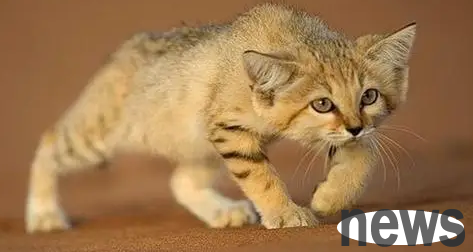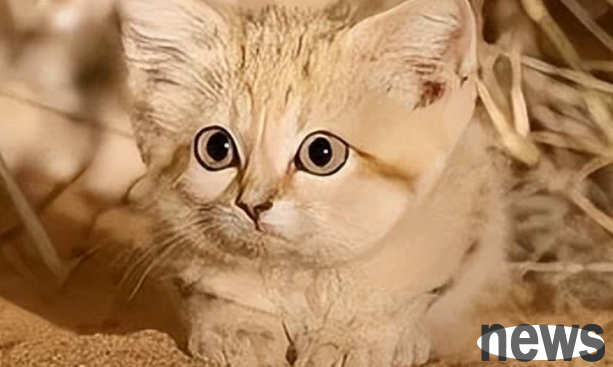The desert is drought and water shortage all year round, with huge temperature difference between day and night, sparse vegetation, bare sand and soil, and strong wind and sand. It is difficult for most animals on Earth to survive in such a harsh environment. But there are exceptions, some desert animals have gradually evolved their unique ability to fight the desert and can survive in the desert. When it comes to animals in the desert, we will think of huge camels, extremely poisonous desert black scorpions, desert foxes, poisonous snakes, etc.

But you may not know that there is an angel-like cat living in the desert - the sand cat! This guy looks too cute and looks harmless, but he can eat poisonous snakes as spicy strips and can not drink water for a month. He is petite and weighs less than ten pounds. What kind of physical secret does this small body have? How can he survive in the vast desert? Why can we not drink water for up to a month?

The sand cat has soft and thick sandy yellow hair, light dark stripes on its body, black stripes on its limbs and black tips on its tail. Their legs are short and have thick cushions on the soles of their feet, which are covered with thick hair. This is their natural protective layer that isolates the high temperature during the day and resists the severe cold at night, allowing them to live in a desert environment of -5℃~50℃. These thick meat pads and long haired claws also allow them to walk quickly on the sand without falling into fine sand and leaving little footprints, meaning predators will hardly track them.
The desert cat has a large and wide head proportion, wide and pointed ears, and its ear canal is twice as wide as that of domestic cats, which enhances the cat's hearing and can hear tiny sounds half a kilometer away, such as the sound of prey running in the sand or the direction of movement.
Sand cats are typical solitary animals, living alone and hunting, and are also nocturnal animals. They prefer to hide under caves, rocks or under branches during the day to rest and sleep, which can not only avoid high temperatures and natural enemies, but also ensure that they are full of energy. Go out to hunt and forage at a cool evening or at night.
